
Jump Right In: 3PL Cost Structures Demystified: What Sellers Need to Know!
Introduction to Navigating 3PL Cost Structures
In e-commerce, third-party logistics (3PL) providers are indispensable partners for businesses seeking to optimize their fulfillment processes. These providers offer a suite of services designed to streamline operations from inventory management to shipping, allowing businesses to focus on growth and customer engagement. Understanding the various cost structures of 3PL services is crucial.
3PL (Third-Party Logistics) cost structures typically encompass warehousing, transportation, and handling fees. This model may include fixed costs for storage space and variable costs based on inventory levels, order volume, and service types such as picking, packing, and shipping.
This guide aims to shed light on the commonalities and differences in 3PL cost structures, providing insights into how businesses can strategically manage these expenses.
Similarities Across 3PL Cost Structures
Despite the diverse range of services offered by 3PL providers, there are several common cost components that businesses are likely to encounter when using any 3PL. Recognizing these can help in comparing providers and making informed choices.
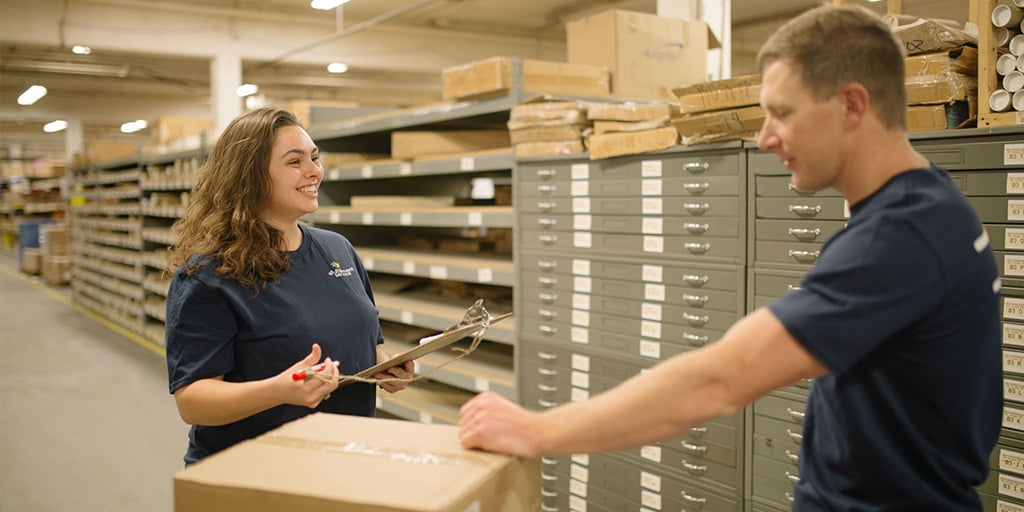
Base Fulfillment Fees
Services Included: The base fulfillment fee encompasses the core services required to receive, store, and prepare orders for shipment. This fee is foundational to the 3PL partnership, covering the labor and space necessary to manage inventory effectively.
Variability Factors: The complexity of handling certain products, storage requirements, and the volume of orders can influence the structure of these fees, reflecting the resources needed to accommodate specific business needs.
Shipping Costs
Impact on Costs: Shipping is a major component of logistics expenses, influenced by factors like destination, delivery speed, and package dimensions. Efficient shipping strategies are vital for customer satisfaction and cost management.
Negotiation Benefits: Leveraging their volume of shipments, 3PLs can secure discounted rates with carriers, offering potential savings to businesses. This aspect of 3PL services can be a significant advantage in controlling shipping costs.
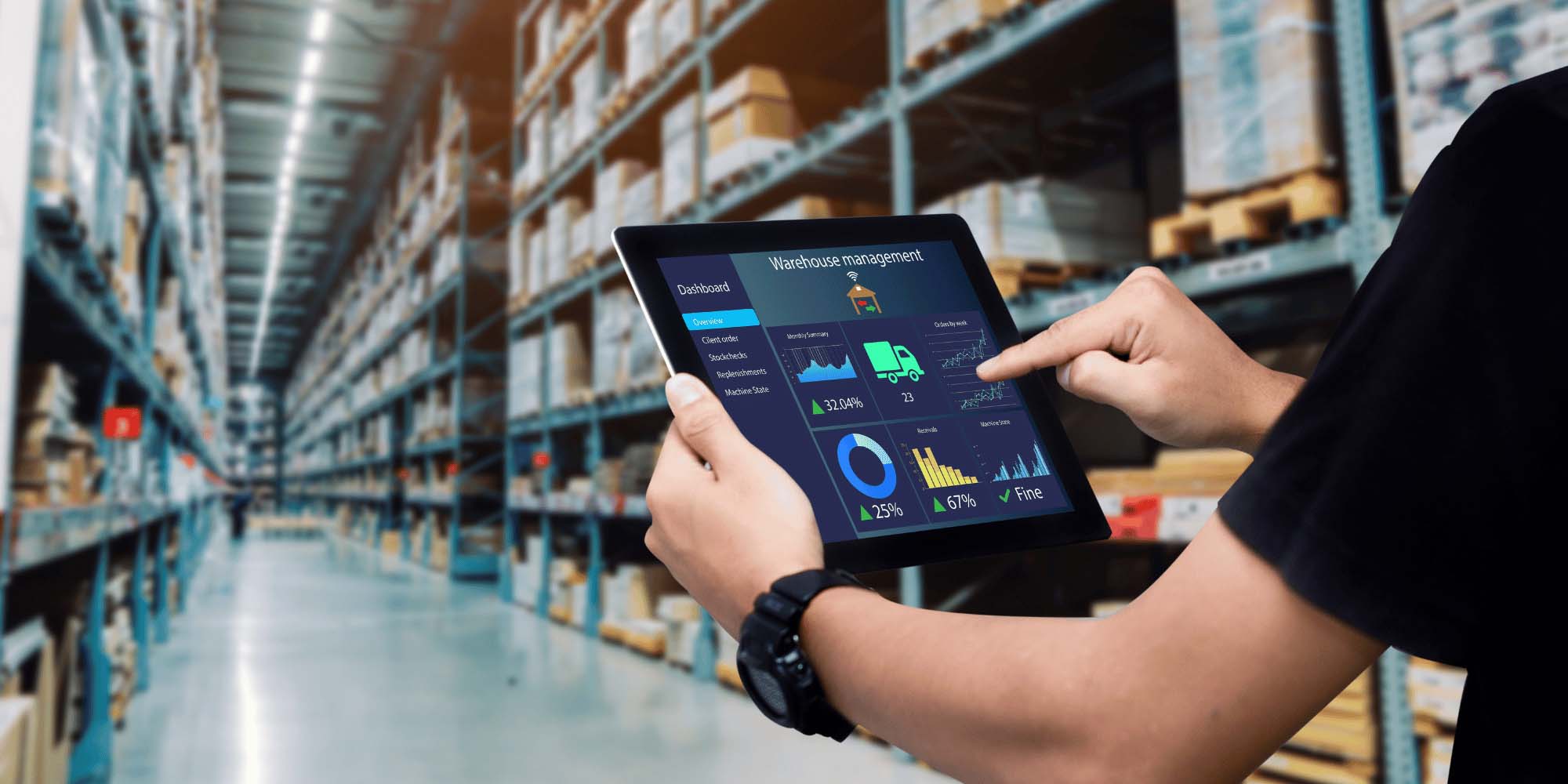
Technology and Integration Fees
The integration of technology is critical for the seamless operation of logistics services. These fees cover access to and use of software platforms that enable inventory management, order processing, and tracking.
- Significance: Investment in technology enhances operational efficiency, provides valuable data insights, and supports a responsive supply chain.
- Integration with Business Systems: Effective integration with a business’s existing e-commerce platforms ensures streamlined workflows and real-time visibility into logistics operations.
Understanding these common cost elements provides a foundation for businesses to evaluate and select a 3PL provider that aligns with their operational needs and financial objectives. This knowledge is instrumental in forging partnerships that support growth and customer satisfaction in the competitive e-commerce landscape.
Differences in Cost Structures

Additional Service Charges
While the base fulfillment fees cover the essentials, 3PLs often offer a suite of value-added services to meet specific business needs. These services can significantly enhance customer satisfaction but come at additional costs. Understanding these charges is key to determining whether they align with your business model.
- Kitting and Assembly: Combining multiple products into a single package for sale.
- Gift Wrapping: Special packaging options for gifts, including wrapping paper and personalized messages.
- Returns Processing: Handling of customer returns, including restocking and quality checks.
|
Service |
Notes |
|
Kitting and Assembly |
Price varies based on complexity. |
|
Gift Wrapping |
Cost depends on materials and labor intensity. |
|
Returns Processing |
May include restocking fees. |
Storage Fees
Storage fees are a staple in 3PL cost structures, yet they can vary dramatically between providers. The method of calculation (volume-based vs. tiered pricing) can significantly impact overall costs, especially for businesses with fluctuating inventory levels.
- Volume-Based Pricing: Charges based on the actual space occupied (cubic feet or meters).
- Tiered Pricing: Fixed prices for defined ranges of space or inventory levels (e.g., per pallet, bin, or SKU).
Volume-Based Pricing Example:
Up to 1,000 cubic feet: $0.50 per cubic foot per month
Above 1,000 cubic feet: $0.45 per cubic foot per month
Tiered Pricing Example:
1-10 pallets: $20 per pallet per month
11-20 pallets: $18 per pallet per month
Order Volume and SKU Complexity
The nature of your orders, in terms of volume and complexity, can influence the cost structure. Providers may incentivize higher volumes with discounts, while complex SKUs that require special handling may lead to higher charges.
- Tiered Pricing Plans: Lower rates for higher order volumes.
- SKU Complexity Charges: Additional fees for handling items that are fragile, oversized, or require special conditions.

Transparent Contractual Agreements
Ensuring clarity and transparency in contractual terms is crucial to avoid unexpected expenses. Key aspects to watch for include:
- All-inclusive fee breakdowns: Ensure the contract explicitly states all potential fees.
- Termination clauses: Understand the conditions and costs associated with ending the contract early.
Tips for Transparent Contracts:
- Request a detailed list of all fees and services.
- Clarify terms regarding service level agreements (SLAs) and penalties for non-compliance.

Comprehensive Cost Comparison
A thorough cost comparison across multiple providers can unveil differences that significantly affect your bottom line.
Steps for Effective Comparison:
- List all potential fees and services needed.
- Obtain detailed quotes from at least 3-5 providers. Be sure to include other aspects as well such as 3PL specialities (apparel, startups, kickstarters, etc.), client care, and warehouse location. Sometimes it’s beneficial to look at the whole picture, not just price.
- Use a spreadsheet to compare base fees, additional service charges, shipping rates, and storage fees side by side.
Scalability and Flexibility
Choosing a 3PL that can scale with your business minimizes the risk of future unexpected costs.
Key Considerations:
- Flexible Pricing Models: Look for providers who offer adjustments based on your business growth.
- Scalability of Services: Ensure the 3PL can handle increased volumes or expand services as needed.
|
Feature |
Importance for Scaling |
Notes |
|
Flexible pricing |
High |
Prevents overpaying during growth phases. |
|
Service scalability |
Critical |
Ensures the 3PL can accommodate business expansion. |
By carefully examining these aspects of 3PL cost structures and adopting a strategic approach to partnership selection, businesses can not only avoid unforeseen expenses but also ensure a logistics operation that scales effectively, optimizing costs while enhancing service delivery.
Do I Need a 3PL?
Are fulfillment services the key to scaling your business efficiently? Use this simple quiz to find out! Score each of the following eight questions from 1 to 5 (where 1 = Strongly Disagree, 5 = Strongly Agree) to evaluate if a fulfillment service might be a good choice for your company.
The Importance of Comprehensive Cost Analysis
In the competitive arena of e-commerce, where profit margins are often thin, optimizing operational costs while maintaining high service levels is not just beneficial; it’s essential. A meticulous and thorough analysis of 3PL cost structures is instrumental in achieving this balance. By understanding and strategically managing these costs, businesses can make informed decisions that bolster both operational efficiency and customer satisfaction.
Strategies for Detailed Cost Analysis
- Benchmarking Against Industry Standards: Use industry reports and resources to benchmark average costs for similar services. This insight provides a baseline for what’s reasonable and identifies potential areas for negotiation.
- Total Cost of Ownership (TCO): Calculate the TCO of engaging a 3PL by including all direct and indirect costs. This holistic view goes beyond just the service fees, encompassing potential savings in time, labor, and error reduction.
- ROI Analysis: Consider the return on investment (ROI) that a 3PL partnership can offer. Factors like faster shipping times, reduced order errors, and improved customer satisfaction can contribute to increased sales and customer loyalty, offsetting the initial costs.
7 Tips for Reducing 3PL Costs:
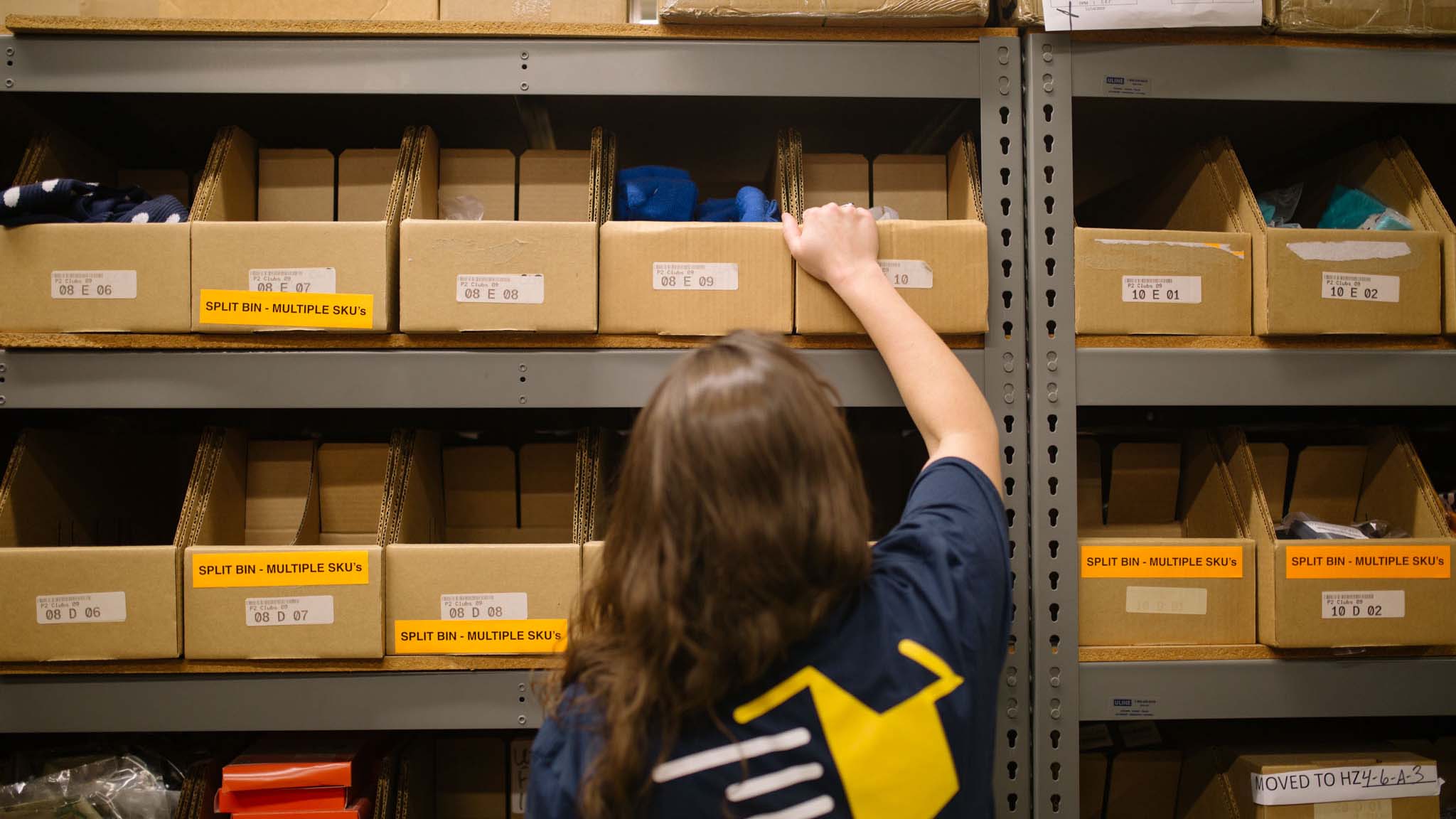
- Understand and Control Ancillary Fees: Get a detailed breakdown of all potential fees from your 3PL and identify which services you actually need. This can help avoid unnecessary charges for services like long-term storage or special handling.
- Improve Inventory Accuracy: Utilizing accurate, real-time data can help you minimize overstocking fees and reduce the costs associated with holding excess inventory. Consider implementing an inventory management system that integrates with your 3PL’s system.
- Optimize Packaging: Reduce shipping costs by optimizing your product packaging for weight and size. This can also help in reducing damage-related returns and the associated fees.
- Evaluate Your 3PL’s Performance Regularly: Conduct regular performance reviews with your 3PL to ensure they are meeting efficiency and cost-saving targets. Open discussions about areas for improvement can lead to cost-saving initiatives.
- Consolidate Shipments: By consolidating orders into fewer shipments, you can achieve lower shipping rates per unit. Discuss with your 3PL provider how best to bundle shipments to optimize these savings.
- Streamline Returns Management: Negotiate favorable terms for returns processing. Efficient handling of returns can reduce the associated costs and potentially turn returns into exchanges, keeping the revenue within the business.
- Use Data Analytics for Better Decision Making: Leverage data analytics provided by your 3PL to make informed decisions about inventory levels, shipping methods, and customer behavior. This can help in reducing costs by optimizing operations based on actual demand and performance metrics.
Fulfill Orders Effortlessly!
Summary & Key Takeaways: 3PL Inventory Management Explained
Navigating the complexities of 3PL cost structures with an informed and strategic approach is crucial for businesses looking to thrive in e-commerce. By understanding the similarities and differences in these cost structures, carefully evaluating potential hidden costs, and choosing a partner that offers scalability and flexibility, businesses can establish a logistics framework that supports growth and profitability.
The journey through the various components of 3PL costs – from base fulfillment fees and shipping costs to technology integration, additional service charges, and the intricacies of storage fees – underscores the importance of transparency, thorough comparison, and forward-thinking in logistics partnerships. As we’ve explored, comprehensive cost analysis is not just about minimizing expenses; it’s about maximizing the value and efficiency of the logistics operations, ensuring that every dollar spent contributes to the long-term success and satisfaction of both the business and its customers.
In closing, while the task of dissecting and comparing 3PL cost structures may seem daunting, the effort pays dividends in operational clarity, cost savings, and strategic positioning in the competitive e-commerce market. Armed with this knowledge, businesses can forge partnerships with 3PL providers that not only meet their logistical needs but also align with their growth ambitions and customer service excellence.


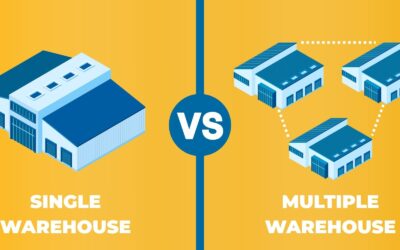
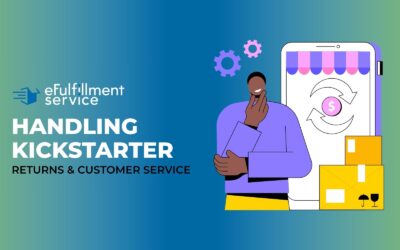
0 Comments